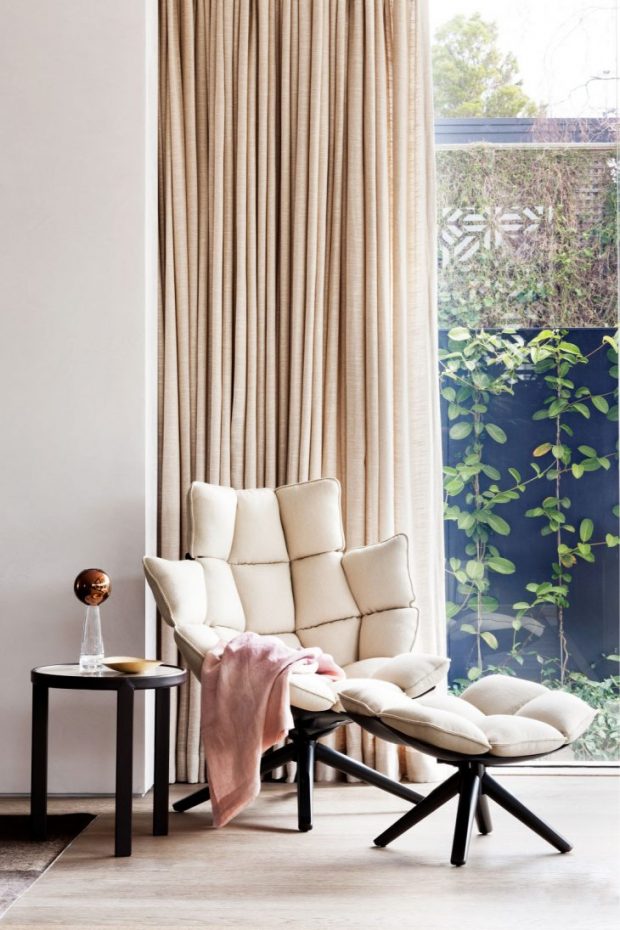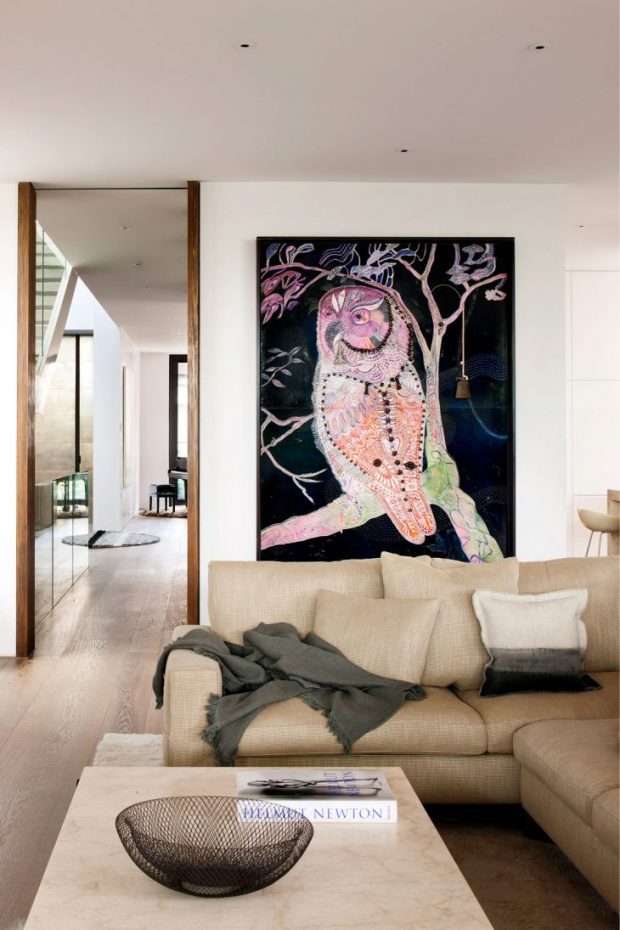
Whether you consider yourself a go-to expert on home design or simply want to make your voice heard, home design blogs are certainly all-the-rage right now. There’s no reason why you can’t build a niche blog that makes money in the home design space: however, consider that you’re facing stiff competition in the face of sites like Pinterest and existing bloggers in the design sphere.
Read more after the jump:

That being said, you can break through the noise and build a design blog that drives traffic and engagement from fellow home junkies, granted you know what boxes to tick in terms of what readers want.
The question remains, where do you start?
Carve Out Your Niche
Having a specific niche is absolutely crucial to any blogger, regardless of your industry. Home design is such a diverse topic that you can’t possibly to outrank the biggest players in your space with a general blog (think Better Homes and Gardens or sites such as DIY Network). That being said, you can break through with the right niche in mind.
For example, any combination of the following is fair game for home bloggers looking to stand out from the crowd:
Emphasis on a particular audience, such as single mothers on a budget looking to create a stylish, affordable home space from big-box brands such as Wal-Mart or Target
Focus on specific decorating and home styles, from nautical to farmhouse and beyond
Emphasis on a particular area of the home, such as the bedroom or kitchen, to show off the diversity that design can offer any given space
You can’t hope to get noticed quickly with an all-purpose home design blog: therefore, pick a niche carefully and be willing to expand from there once it takes off.

Educate Your Readers
You should strive to solve realistic problems for your readership in an effort to create worthwhile content versus pieces that have been covered a million times before.
For example, you may want to scout sites such as Facebook and the comments of competition blog to see the sorts of questions your audience is hungry to have answered. If you’re the one to provide the go-to tutorial on how to baby-proof an apartment or downsize a living space on a budget, your blog becomes that much more valuable to readers.
Incorporate Stunning Imagery
Home design blogs can do very little without striking imagery. In most cases, you’re going to need to go beyond the realm of stock photos, which more likely than not means taking photos for yourself.
If you already have a smart phone, you pretty much have everything you need in terms of taking your own pictures. To ensure that your photos pack a punch, consider some basic tips for taking smart phone photos that pop and edit them accordingly.
Focus on Listicles
From “27 Ways to Make Your Space Seem Bigger” to “16 Time-Saving Tips for Your Next Big Move,” listicles are the name of the game when it comes to home design content. Easy to read and understand at a glance, you should incorporate listicles with appropriate images wherever and whenever possible. Such articles are prime to be shared on Pinterest, too, which can help you make a dent in the social space.
Provide a Personal Touch
Finally, ensure that you make an emotional connection with your readership by adding your own unique voice to each and every piece of content you put out. Since most home design blogs focus on inspiration and DIY projects, consider how you can encourage your readership to take design matters into their own hands and how their projects can ultimately lead to a happier living space.
There’s a lot of legwork that goes into a home design blog that makes money, but don’t let that discourage you. Take the time to carve out a niche and give your personal touch to real problems for your audience to ensure your blog’s success for the long-haul.
Images from South Yarra House by Rob Mills Architects



















